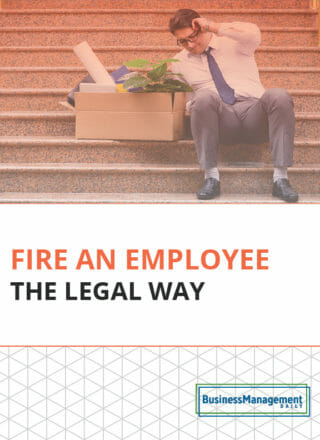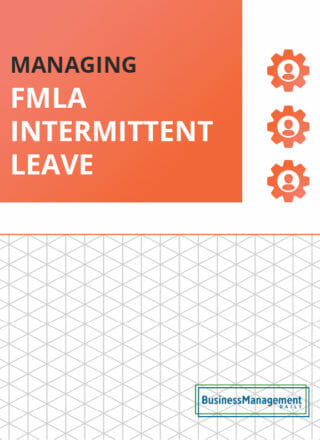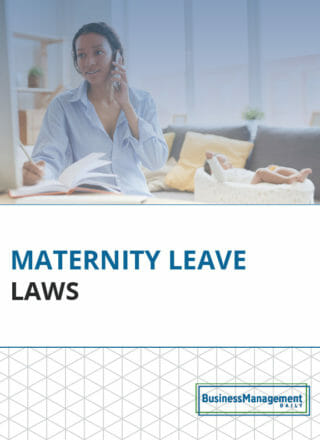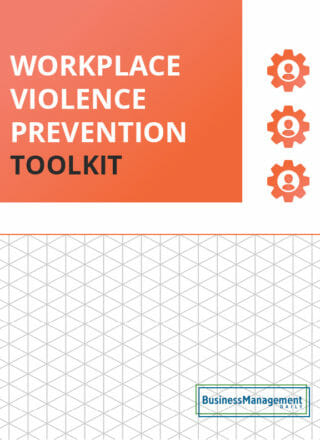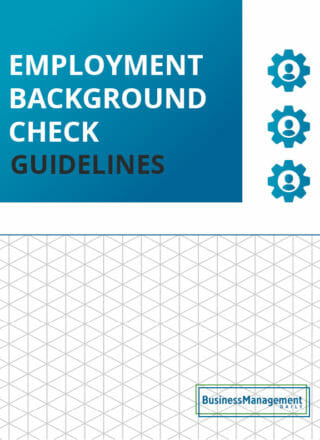Severance: Say goodbye on good terms when forced to downsize
If you’re contemplating a layoff, you’ve no doubt given some thought to which employees you want to let go—and which ones you absolutely must retain.
But know this: Every time an organization lays off even a few employees, voluntary turnover jumps in response—and the ones who choose to leave are most likely employees you intended to keep.
In fact, the Academy of Management Journal reports that companies that laid off just 0.5% of their workforces—that’s one employee for every 200 on staff—experienced a turnover rate after downsizing that was 2.6% higher than competitors with no layoffs.
Reason: Employees who witness layoffs among their peers fear that they’re next, so they start looking for new jobs. And if the laid-off employees are treated disrespectfully, the valued employees you chose to retain are even more likely to jump ship.
Solve this problem by beefing up your organization’s career transition benefits, which can help laid-off employees recover from the sting of losing their jobs. An important side effect: It reassures workers who didn’t get pink slips.
Litigation liability
Employees who are angry about the way an organization cut them loose are more likely to sue than those who feel they were treated fairly, notes Barbara Barra, executive vice president of the consulting firm Lee Hecht Harrison, which specializes in career transition and leadership.
“If a person really feels that they’ve been treated horribly, the lawyer will tell them not to go to outplacement,” she says. “He’ll say, ‘Don’t do anything for yourself. Let’s sue.’”
Still, a successful career transition strategy can mitigate more than lawsuits. Ousted employees could go to work for your organization’s competitors, vendors or customers—so it’s in your firm’s best interest to part company with them on good terms.
Outplacement options
Here are five things to consider as you offer career transition benefits in preparation for layoffs.
1. Decide which employees you want to help and which services you want to offer. Many organizations offer help to all laid-off employees with the basics like résumé writing and interviewing skills, but bolster the benefits for managers and executives who might be looking for harder-to-land jobs. Those higher-ups might work one-on-one with a career coach
—and maybe even have access to an office at a career center with desks, computers and administrative support.
2. Educate employees about the benefits. They often believe career transition benefits are a kind of job-placement service. That’s rarely part of the package.
3. Make the service free to employees.
4. Hire an outside consultant to manage or at least participate in administering the benefits. An outsider often can be more objective than someone on staff and might gain an employee’s trust more easily than an insider at the company that just fired him or her.
5. Introduce each employee to the career transition counselor immediately after the manager delivers the bad news and HR explains the employee’s benefits. The counselor can help the employee work through the shock of the layoff and make a plan for the next few days—as well as for the future.
Helping employees get back on their feet after a layoff is a way for an organization to “live your company brand,” says Barra. “How you’re treating people as they’re leaving, everything you do is in a fishbowl. All of the employees who are staying are watching what is happening. If you don’t provide support, everyone is seeing that.”
How to choose a career transition consultant
If you plan to bring in an outside consultant to help your former employees with their career transitions, choose carefully. Here are five bases to cover:
1. Visit the consultant’s office so you can see what your employees will experience.
2. Choose a consultant with experience in your industry. Prefer a smaller firm? Opt for one whose counselors are trained HR pros.
3. Favor consultants with credentials from the International Board for Career Management Certification or another credible certifying body.
4. Opt for hands-on counselors who will station themselves at your work site on the day of the layoffs and help employees with personal challenges, such as how to tell a spouse about the layoff.
5. Find someone who will provide the most help within your budget. Negotiate prices and ask for discounts if you plan to lay off a lot of employees.

